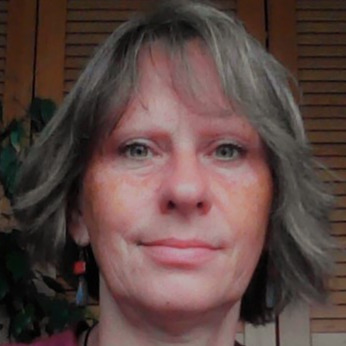Preprint
Article
Surface Properties and Biocompatibility of Thick Film Materials Used in Ceramic Bioreactors
Altmetrics
Downloads
813
Views
1127
Comments
0
A peer-reviewed article of this preprint also exists.
This version is not peer-reviewed
Submitted:
17 January 2019
Posted:
18 January 2019
You are already at the latest version
Alerts
Abstract
Low temperature cofired ceramics (LTCC) have conquered a niche segment in biological microelectromechanical systems (BioMEMS) during the last two decades. Since 3-dimensional assembly and rapid prototyping capability are outstanding features of the technology, bioreactors with complex geometry can easily be produced. Particularly needed functions are working electrodes, e.g. for impedance measurements and reference electrodes consisting in platinum or silver-silver chloride. Although the distinct grainy surface of thick film materials influences the double layer properties, data describing the bioelectronic interface and biocompatibility of common thick film materials are rarely published up to now. This works aims to fill this gap by studying the surface properties, composition, electrochemical properties and biocompatibility of commercially available thick film materials. It was found that thick film gold is suitable as electrode material in direct cell contact since an appropriate proliferation of the cell culture was observed. Poly(3,4-ethylenedioxythiophene) coating decreases the absolute value of the zeta potential of thick film gold from 16.55 V to 11.78 mV without any change in vitality of the cells. Thick film platinum layers have a porous structure entailing an enlargement of the effective surface by a factor of 21.6 and can be used as reference instead of silver/silver chloride, which was identified to be incompatible with cell culture. The investigations show that some commercially available cost-effective thick film materials are compatible with cell culture and the here presented data give an orientation for the use of the same in LTCC bioreactors.
Keywords:
Subject: Chemistry and Materials Science - Ceramics and Composites
Copyright: This open access article is published under a Creative Commons CC BY 4.0 license, which permit the free download, distribution, and reuse, provided that the author and preprint are cited in any reuse.
MDPI Initiatives
Important Links
© 2024 MDPI (Basel, Switzerland) unless otherwise stated







